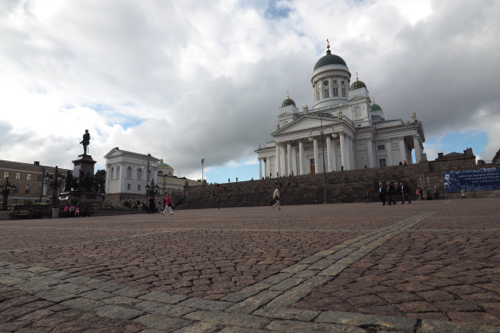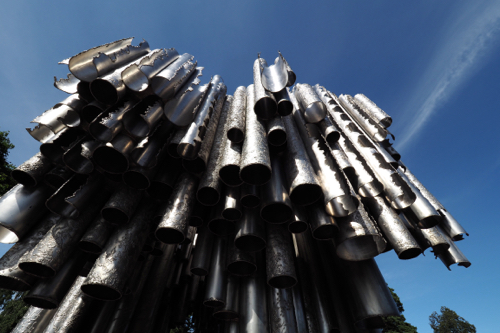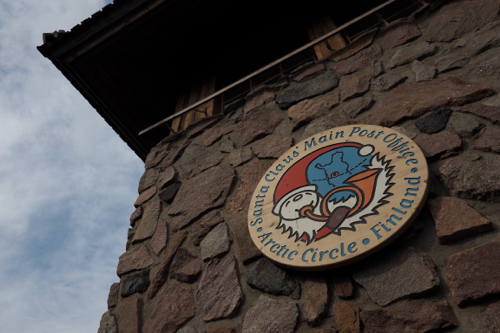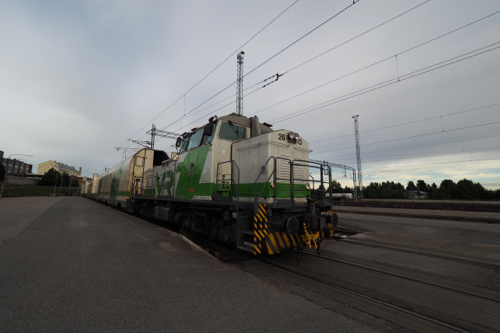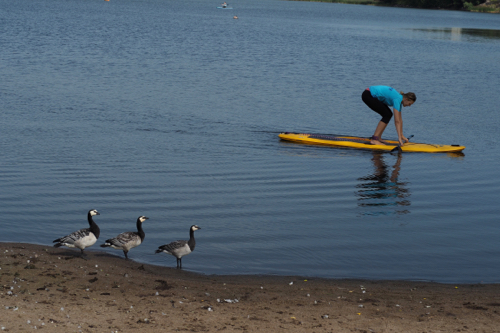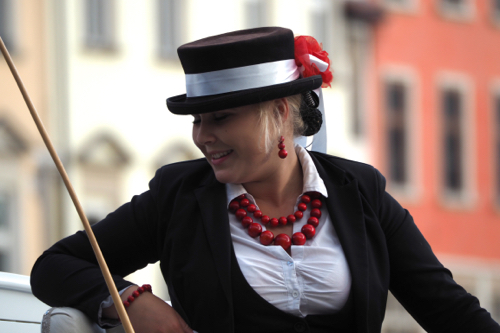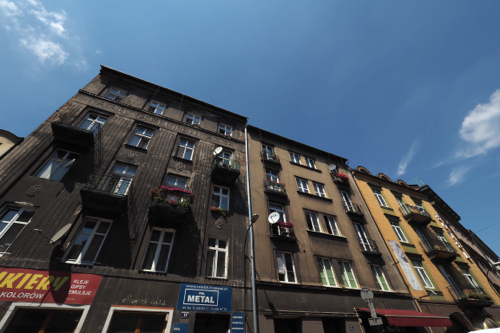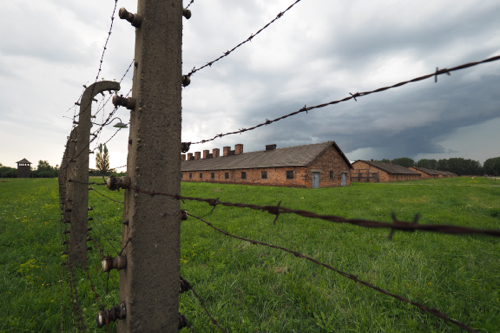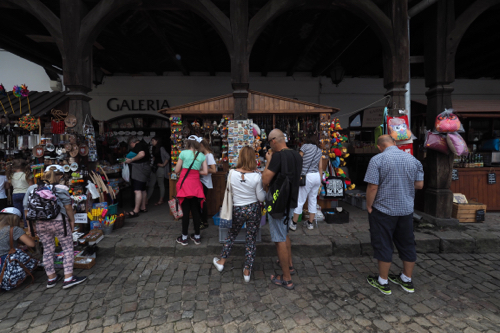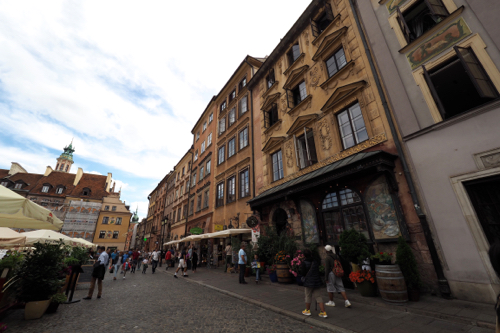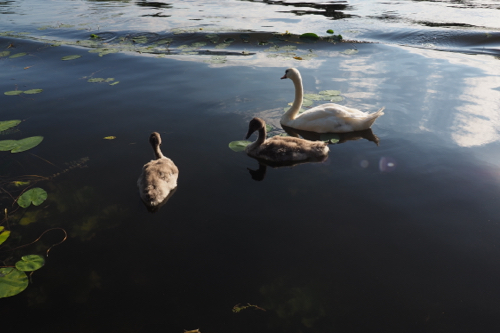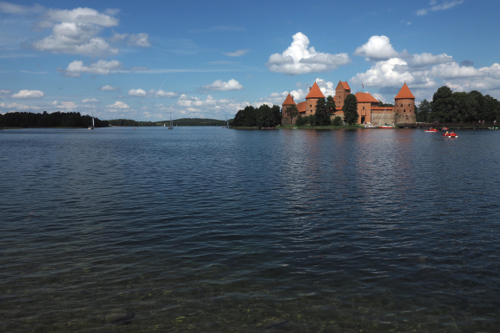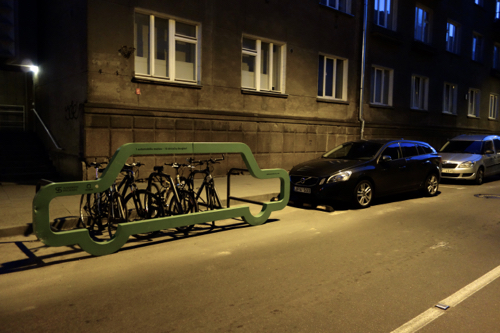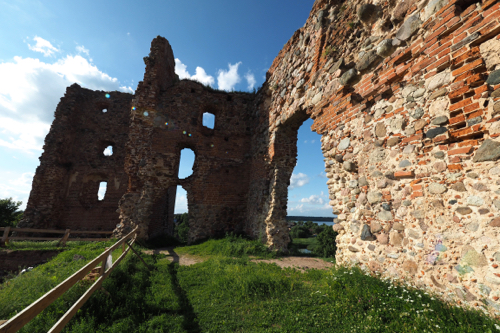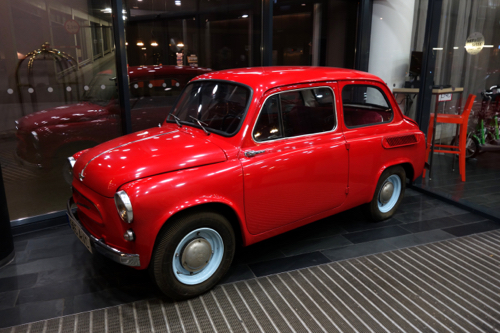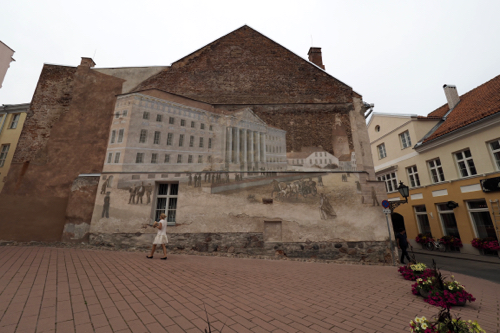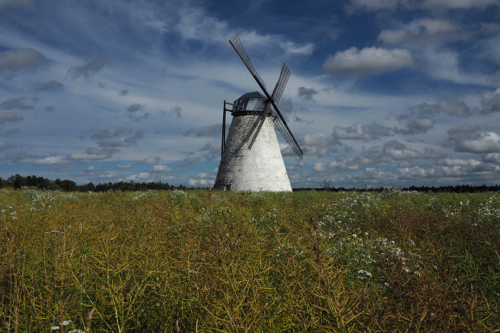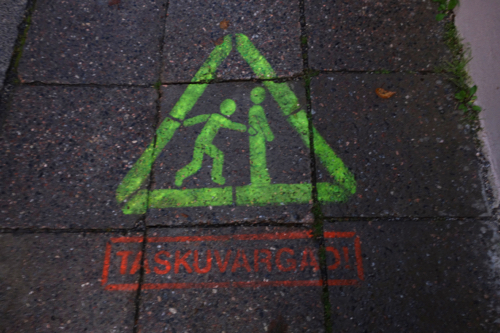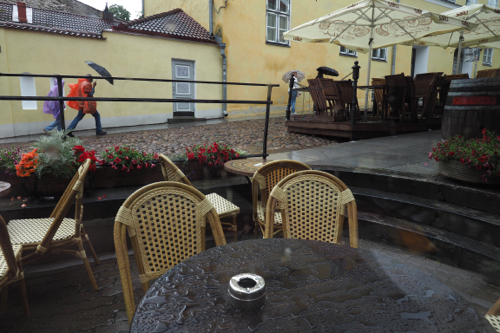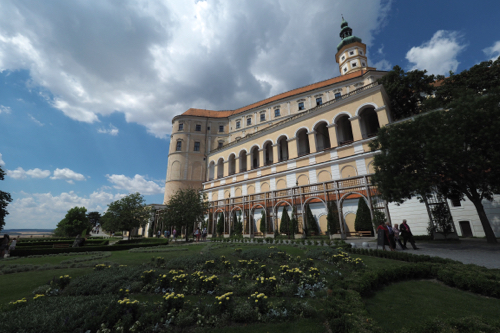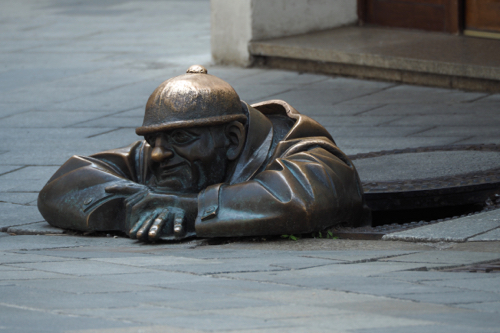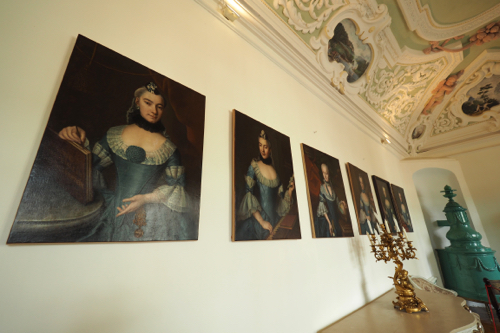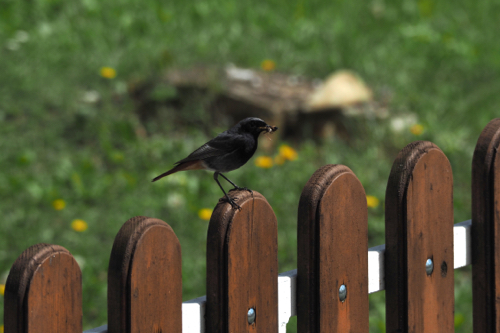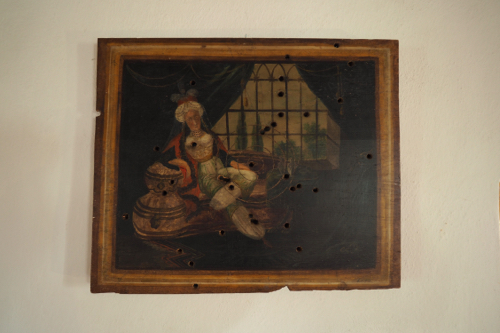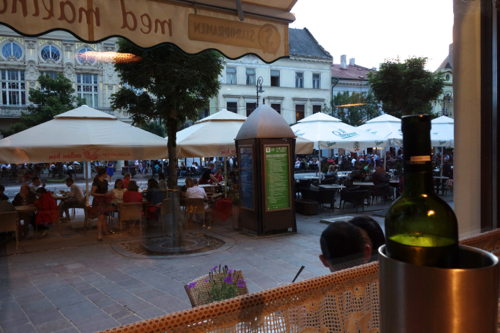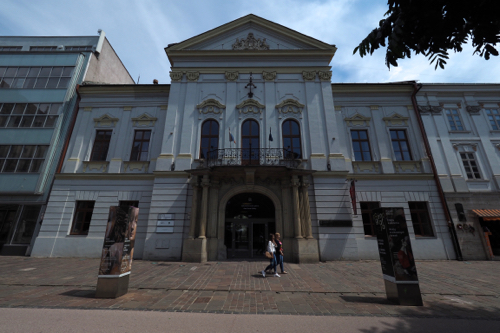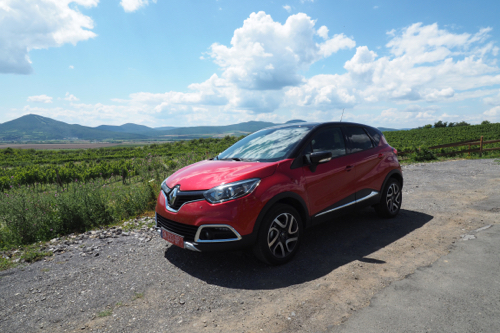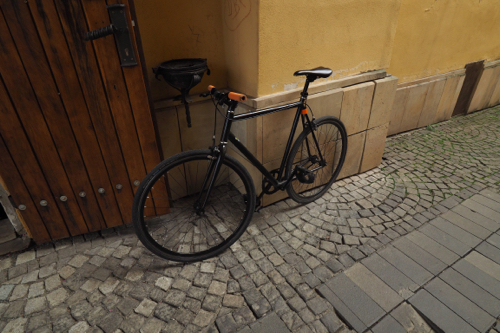August 7, 2017. Tallinn, Estonia to Helsinki, Finland.
The Renault was taking its first overseas trip, as we were on the car ferry from Tallinn to Helsinki in Finland.
It was only an 80 kilometre journey but it was a day of waiting, as we needed to be at the ferry terminal at least two hours before departure.
We were in fact there almost three hours before.
As we left our apartment in Tallinn the tourists were arriving, by the busload. If we had departed any later it would have taken much longer to get through the streets.
The ferry pulled out right on time at 12 noon.
The Finlandia was a huge, 100 metres long, hermetically sealed, floating casino.
I counted five bars and countless gaming machines strategically placed around them.
In the area where we were sitting there was a bandstand, with a band, to entertain the punters and a Finish magician to keep them amused. We didn’t understand a word of Finnish, but you don’t need to.
Pulling the metaphorical rabbit out of the hat, is visual not verbal.
Just as we arrived at our hotel, the Best Western Carlton, it poured down. We had obviously brought the rain with us from Tallinn.
It cleared in the afternoon which gave us a few hours to wander around the Old City. Which isn’t really that old, as most of the buildings are from the late 1800s and mid 20th centuries. However the area does have a history dating back to the Iron Age.
Helsinki was developed as a trading town by King Gustav I of Sweden in 1550. The intention was to make it a rival for Hanseatic, modern day Tallinn. Not much came of the plan and Helsinki remained a small town afflicted by poverty and plague. In fact in 1710 the majority of the city’s residents died from plague.
Helsinki became the capital city of Finland in 1812, just after it gained autonomy from Russia in 1809. Finland didn’t get full independence until 1917, after the February Revolution in Russia.
Helsinki is the world’s northernmost metropolitan area with a population of over 1 million people. It is also the northernmost capital city of the European Union, which it joined in 1995.
Most of the city’s growth occurred during the twentieth century, after independence. It held the 1952 Summer Olympics and undertook a rapid urbanisation in the 1970s’. In 2012 Helsinki was named the World Design Capital.
In the evening we found the Bryggeri Helsinki a Gastropub just off the Senate Square.
The beers were great as was the food.
We both had the smoked salmon steaks, which was on a rich roasted vegetable stew of carrots, onions asparagus and fennel.
Beer has been brewed in Helsinki for over 500 years and over that time there have been 27 breweries in the city area.
Bryggeri is the latest.
August 8, 2017. Helsinki, Finland.
We had been lulled into a false security with the low prices in Eastern Europe.
Finland was another thing.
Everything was more expensive than Melbourne and that’s saying a lot. In Sandringham a beer and wine will set you back $20 in Helsinki its €17 ($25.50)
On our first full day in the capital we decided to take the Helsinki Hop-On Hop-Off bus, just to get a feeling for the city.
In the late afternoon we then walked to closer inspect some of the sites that interested us most from the bus tour.
Temppeliaukio, or Church of the Rock is one of the most visited sites in Helsinki. Completed in 1969 and designed by the architectural brothers, Timo and Tuomo Suomalainen. As the name suggests it’s built directly into solid rock.
Helsinki’s central railway station is a wonderful example of the Art Nouveau style. Designed by the Finish architect Eliel Saarinen (1873-1950) and inaugurated in 1919. The massive, Monumental Style, sculptures out the front are a feature.
The station is a hub of both the Finland overground and Helsinki Metro and handles over 200,000 commuters per day.
In 2013 it was voted as one of the world’s most beautiful railway stations by the BBC.
Our next site was the Sibelius Monument, designed by Eila Hiltunen and built in 1967.
Jean Sibelius 1865-1957 was a composer and violinists. He is regarded as Finland’s greatest composer and credited with helping Finland develop a national identity during its struggle for independence from Russia.
As usual a competition was run to find a suitable design for the sculpture. And, as usual, there was controversy over winning design.
You can’t please all of the people, all of the time.
Using over 600 hollow steel pipes welded together, the contemporary design resembles organ pipes. It is very striking – especially set against a rarely blue Helsinki sky.
Critics of the design argued that it was too abstract and, more importantly, Jean Sibelius created very little music for the organ.
Hiltunen answered her critics by adding a figurative piece, the face of Sibelius, as part of the main design.
We heard on the bus tour that the Finns’ are amongst the world’s biggest consumers of coffee. There was certainly no shortage of good coffee to be found in Helsinki.
August 9, 2017. Helsinki to Rovaniemi, Finland.
The Renault was having yet another first today, as it was going travel on the training to Rovaniemi, in Lapland.
After checking out of the hotel we put our bags into the car, which was still in the underground car park and walked into the Market Square.
The train wasn’t leaving until 7pm so we decided to take a boat cruise around the islands surrounding Helsinki.
We took the Historical Helsinki Cruise, which lasted about 90 minutes.
It was interesting to see the city from another perspective. However the commentary was a bit boring as it repeated much of the information we had head on the Hop-on Hop-Off bus.
After the cruise we had a coffee at the covered market, which has been turned into a food hall for the Market Square. We walked around the city a bit more and then wandered through Stockmann on the way back to the car park.
Stockmann is the largest department store in the Nordic countries and makes the claim that: ‘If you can’t get it in Stockmann, you don’t need it.’
They were right, the store is huge and has an enormous range of goods on offer.
We didn’t want to be late for the train so headed to the station early.
Getting out of the car park was an interesting experience.
We travelled hundreds of metres, underground, just to get to our parking spot. Then we must have driven a kilometre or two just to get out. We had obviously taken a wrong turn and finished up doing a subterranean tour of Helsinki.
We emerged, like a mole after winter, on the other side of the city and were very happy to see daylight.
Even getting to the train wasn’t without it’s problems. There were roadworks along the way and when we got to what we thought was the departure point, the station was being demolished.
We finally got to there only to be told that we were 70 minutes too early.
Oh well, so much for planning.
At dinner on the train Thea met her lover – well he was in love.
A very drunk Finnish guy thought he had it made when he discovered Thea sitting, on her own, in the restaurant car.
I was off getting us a drink and when I returned the look of disappointment on his face was priceless.
He had a minder, whose job was to make sure he got off the train at the right station.
They were both retired electrical engineers and had been in Tallinn for a few days with some former work mates.
I think it had been a big few days.
After dinner I had some work to do so we stayed in the restaurant car. The internet on the train was excellent and I was able to upload files with ease.
August 10, 2017. Rovaniemi, Finland.
The car train arrived in Rovaniemi at 7:10 am and it took another 40 minutes to get all the cars off.
That was still too early, as the town was deserted and nothing was open.
We finally found a cafe open and had breakfast.
Rovaniemi has been the business centre of Finnish Lapland since the 1800s but the city is relatively new.
It was destroyed by the Germans in WWII and has been completely rebuilt. As a result there is a lot of featureless concrete constructions in the main town area.
The Arctic Light Hotel is one of the oldest buildings in the newly constructed Rovaniemi.
It dates ‘way back’ to 1949 and was used as the new town Hall for a number of years.
Our hotel room had a record 12 pillows on the bed. Then we found another one in the wardrobe.
Apart from an over abundance of pillows, the room was lit up like a carnival, all controlled by a computer touch pad.
Well it was the Arctic Light Hotel.
On the outside the building was rather mundane but the fit-out was very stylish. Everything was in black, white, grey and chrome.
It also boasts the oldest lift in Rovaniemi.
We were up inside the Arctic Circle to visit Santa, so after breakfast we headed north to Santa’s Village.
As you would expect it’s very tacky, but a lot of fun.
We chatted and even had our photos taken with the bearded one. And when he discovered we were Australians, he revealed his secret love of Vegemite.
Visiting Santa is free, having your photo taken with him isn’t. We opted for the video and digital download.
Nothing is cheap in Finland.
The Arctic Circle is defined …as the line, north of which the sun never sets for at least one day in summer, and never rises for at least one day in winter.
From Santa’s Village we travelled further north, up the road, to Vikaköongäs and the Vaattunkiköongäs wilderness area. There we had a great walk around some of the tracks.
Just as were we’re heading back to Rovaniemi it poured down.
The rain had caught up with us yet again.
We wandered around the city centre of Rovaniemi, which didn’t take long and then had dinner at the hotel restaurant.
This wasn’t plan A, as were we’re going to eat at the Finnish restaurant next door.
It was booked out.
As it turned out it wasn’t a problem, as the hotel restaurant was excellent and no where near as crowded.
We had Reindeer, cooked two ways, which was fantastic.
August 11, 2017. Rovaniemi to Helsinki, Finland.
The breakfast at the Arctic Light Hotel was amongst the best we’d had.
Lots of interesting tastes but with a Lappish touch. Even smoked Reindeer with cream cheese. The breads and cheeses were also great and they had fresh berries.
We have been seeing berries for sale in Estonia and Finland and this was the first time we were served them for breakfast.
Walking in nature is a common summer pastime of the Finns, so we decided to join them.
We drove about 80 kilometres east of Rovaniemi to Auttiköngäs to do the nature trail walk.
The road was excellent and the trip took just over an hour.
The walk was 3.5 kilometres of stairs, duckboard (boardwalk) and tracks. There were waterfalls, swing bridges and a lookout along the way.
At the very start of the track is an old timber log chute, which is strange as this area is not meant to have been logged.
The track was well marked and there were interesting commentary boards describing the flora, fauna and geography of the area.
It took us just over two hours, as we had many photo opportunities and reading stops along the way.
On returning to Rovaniemi we did some shopping for the next day’s breakfast and had an early dinner. That night we were back on the train to Helsinki, boarding at 9:10pm and arriving 12 hours later.
Again we had to be at the station early to load the Renault.
August 12, 2017. Helsinki, Finland.
After an eventless night on the train, ie: no drunken engineers, we arrived in Pasila, on the outskirts of Helsinki at 9:05 am.
We again took the car to the underground car park, as it was too early to check into the hotel.
The first task was to buy an Olympus 40-150 mm lens. We had seen one before we left to go north and decided that the price was too good to miss.
Unlike so much in Finland that is expensive this lens was well below what we expected to be paying.
In the afternoon we wandered around the newer area of Helsinki and admired the street art that’s all over the city.
There was one very impressive piece of sculpture, sitting in front of the music centre, titled Song Tree. Created by Reijo Hukkanen in 2012, it’s 13 meters high and was inspired by a poem by Aaro Hellaakoski. It tells of a pike that rose from the sea and begins to sing. The song was so beautiful that birds in the trees stopped their singing to listen to the fish.
We then visited the City Park and Töölönlahti Lake, which is very close to the centre of the city. From there is was a short walk to the National Museum of Finland.
A visit to the museum gave us a good opportunity to immerse ourselves in some Finnish history.
The exhibits covers the country’s past from the Stone Age, though the Middle Ages, the Swedish Kingdom to the Russian Empire Era.
It included the rise of Christianity, the Reformation in 1517 and the influence of Martin Luther.
There are a number cafes in Helsinki that have adopted the US system of minimal service.
It’s counter service and you clear away your own crockery, cutlery and glassware. The big difference is, that everything is real and gets washed and reused.
No paper, no polystyrene and no tip.
Staff levels in Finland seem to be low, compared to other places we have been this trip.
People do multiple tasks and work very hard.
For instance the receptionists, at two hotels we stayed in, also looked after the breakfast buffet. And at one hotel they also serviced the bar.
Wait staff in restaurants are thin on the ground and service a large number of tables. Even the kitchens seem to operate with minimal staff.
Self service is the norm, especially in the pubs. You order at the counter, pay and basically look after yourself.
I have a theory that it’s all to do with the basic wage and cost of employment. The unemployment rate in Finland, as of July 2017, was 8.08%.
In the US it is currently 4.8% which isn’t surprising considering that their average wage is US$2.13 per hour.
In Finland a bartender gets about €11 per hour, that’s about US$13.
Basically it costs more to employ people in Finland but they get paid much more.
We were impressed by the pub culture in Estonia but when we discovered the Sori Brewpub in Helsinki, we were overwhelmed.
This brewery is based in Tallinn, Estonia but has a Brewpub in Helsinki, not far from our hotel. Ironically it was started by two Finns.
The quality of the beer and the food were exceptional.
We were appreciative of a cosy environment for dinner, as no sooner had we arrived than it poured down.
